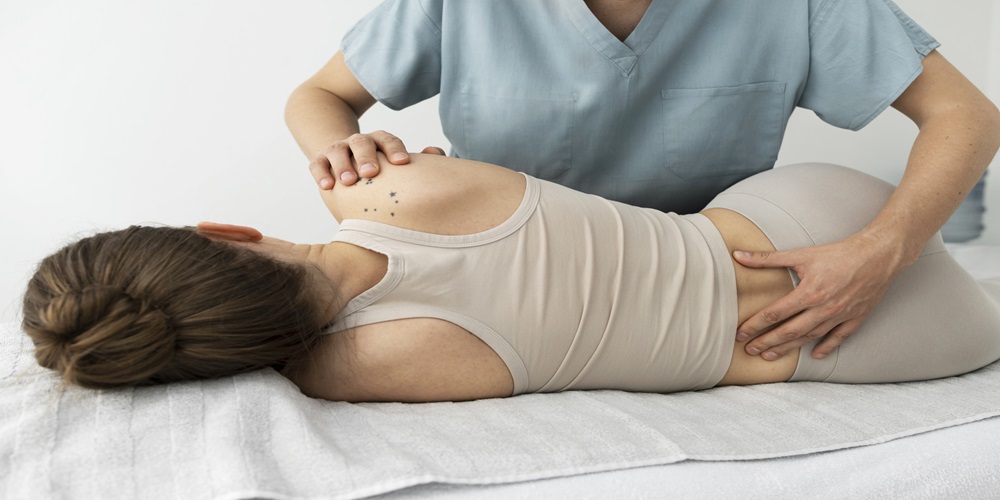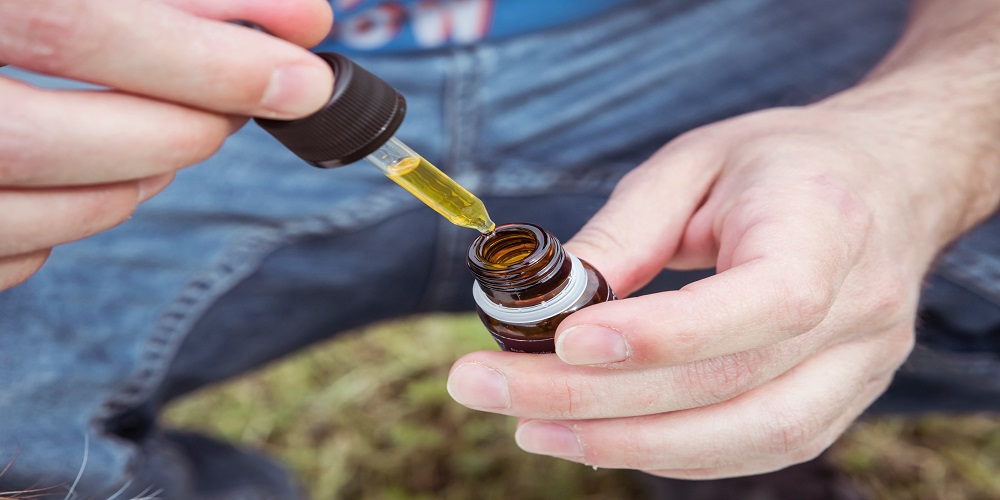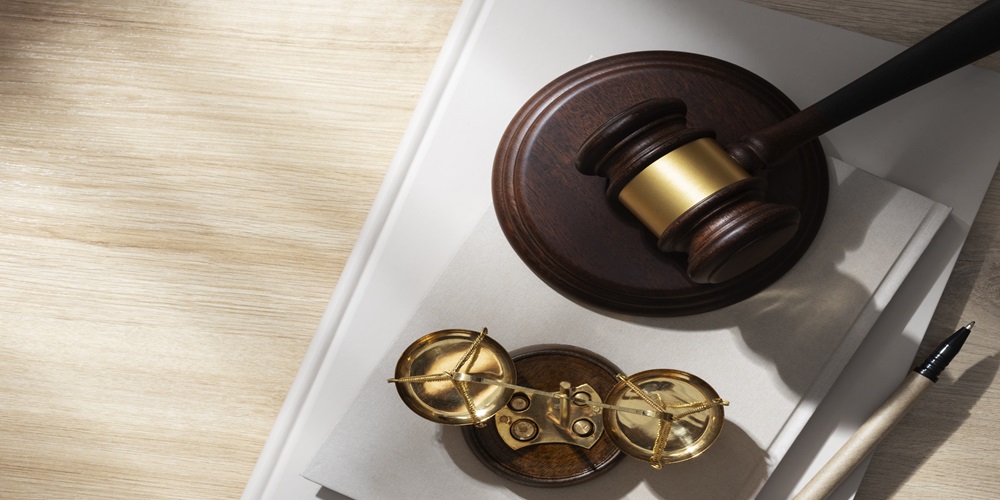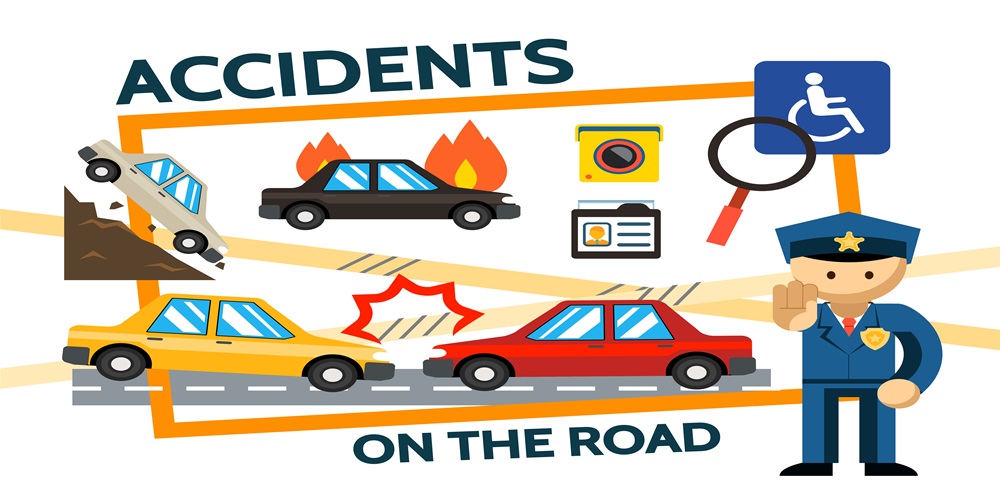7 of The Most Common Mistakes People Make When Brushing Their Teeth
Brushing the teeth is a healthy habit everyone – young and old – engages in. When not done correctly, bacteria and plaque can build up and lead to gum issues or cavities. What are the common mistakes that need to be corrected when brushing? This article will discuss seven of them.

1. Brushing with Too Much Force
Avoid feeling that brushing harder makes them clean. Apply too much force when brushing teeth can cause damage to the gums. Usually, it makes the gum sensitive and recedes. Because it is weaker than enamel and more prone to decay, your teeth’s root surface is now visible.
Think gentle circles: Do not scrub back and forth. Use circular motions and gently concentrate on the gum line, where plaque buildup is always found.
2. Neglecting to Brush Long Enough
How long do you take to brush? 30 seconds? One minute? Brush for just a few seconds cannot remove bacteria or plaque. Take a little more time, like two minutes. Brush two times a day.
Make it fun: To help with the timing, you can have your phone or timer around and set it to the two-minute mark.
3. Using the Wrong Toothbrush
Toothbrushes vary in size and shape. What do you need to consider? Let us see:
- Bristle Strength: Do not use a hard bristled brush that can damage your gum. Soft bristles are gentle and can do the work without hurting your gums.
- Brush Size: To get to some corners of your mouth and the back teeth. Go for a round sizeable brush head that fits into your mouth comfortably.
- Electric vs. Manual: To reach the hard-to-reach mouth surfaces, an electric brush can help. A manual brush can also do the job with good technique.
- Replace Regularly: Do not use toothbrushes for too long. Do not wait until they become frayed. Replace them at least every three months.
4. Do not Forget the Forgotten Surfaces
Usually, the front white part of the teeth enjoys the most care. Do not forget the inner parts.
- Inner Surfaces: Plaque and bacteria can shelter in the tongue side area. Gentle back-and-forth motion helps clean those areas.
- Chewing Surfaces: This is the area where you chew food. Always clean the surfaces to remove food remnants.
- The Tongue: Bacteria on the tongue causes bad breath. With a back-and-forth scrabbling motion, the tongue will be free from bacteria, and you feel fresh.
5. Rinsing Immediately
Fluoride has health benefits for the mouth. When you rinse immediately, you wash away the fluoride left behind.
Spit, Do not Rinse: You can only spit out the toothpaste but do not rinse after brushing. The remaining fluoride will continue working to protect the mouth for a while.
6. Not Flossing
Sometimes brushing alone cannot be done. It cannot dig out hidden food particles and plaque in between teeth. Flossing can fish them out, protecting against gum disease and plaque buildup.
Flossing Techniques: There are various flossing techniques. Your dentist can aid you in how to do it the best way.
7. Toothbrush Care Tips You Might Not Know
It is a mistake to be careless about some toothbrush care tips that can help your mouth stay clean and healthy.
- Rinse Well: Do not be in a hurry, take time to rinse your brush carefully after brushing. This helps remove toothbrush bacteria.
- Let it Breathe: Do not cover your toothbrush in an enclosed container. This traps moisture and breeds bacteria. Keep in an upright position to air dry.
- Share No More: Sharing toothbrushes can spread bacteria. So, do not try it.
Conclusion
Brushing teeth too hard or use of a hard bristled brush does more harm than good. Do not forget the surface of the teeth and the tongue. Do not rinse immediately, floss always, and do not share your toothbrush. These tips are simple to apply, Always remember these tips when you want to brush. You can help even your younger family members to apply these suggestions. Remember to visit a full-service dental clinic for your next dental checkup.







